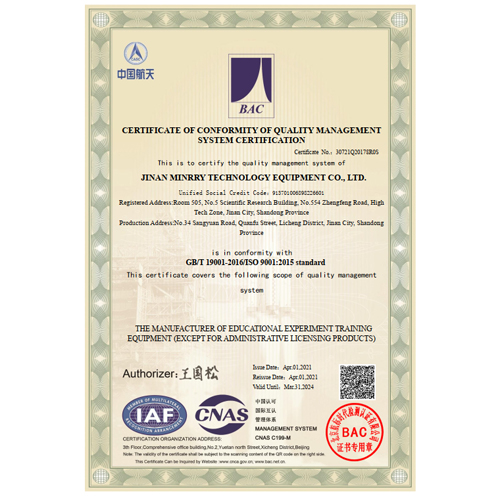MR009F Plug Flow Reactor Teaching Equipment Hydrodynamics Experiment Apparatus
1. Product Overview
1.1 Product Introduction
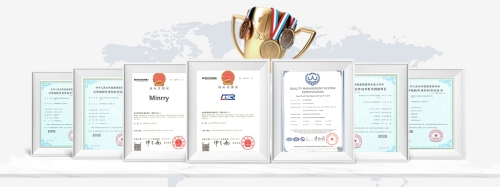
The plug flow reactor is a tubular reactor, and the analytical chemical reaction can be operated continuously under specified conditions.
The plug flow reactor is placed on the supply unit, and the reactor is easily connected with the supply unit through the connector.
In continuous operation, two pumps on the supply unit deliver the reactants to the reactor. The reactants flowed over the entire section of the reactor with glass balls, so that the reactants were fully fused. The mixture of product and unconverted reactants leaves the reactor through the upper end. The mixture is delivered to the storage unit of the supply unit through the outlet.
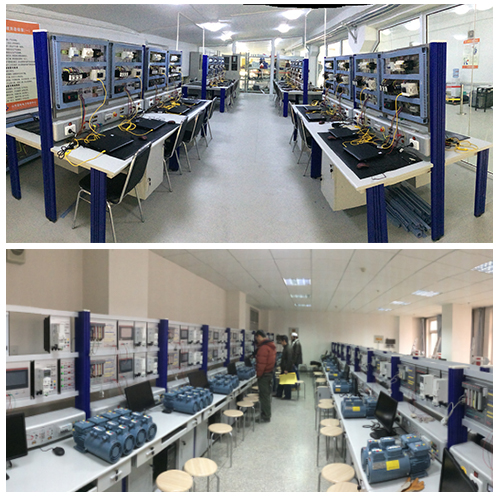
1.2 Features
The metal base is not easy to corrode.
Transparent reactor, easy to observe the progress of the experiment.
The metal discharge tube can dissipate heat better.
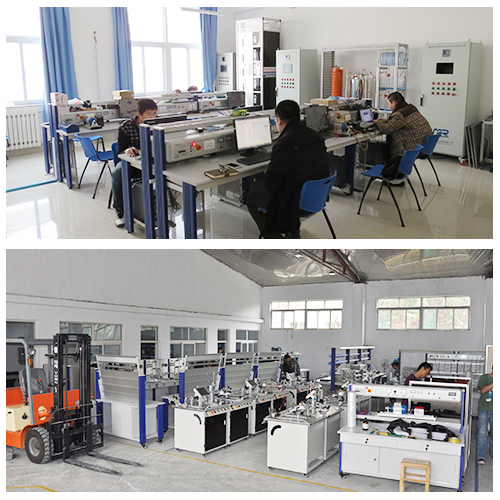
1.3 Performance parameters
Dimensions: 400mm*350mm*570mm
Overall weight: <15kg
Reactor internal diameter: 40mm
1.4 practical training items that can be completed
Saponification of caustic soda with ethyl acetate
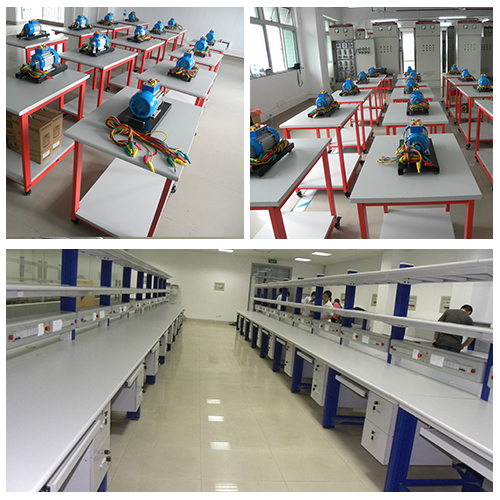
1.5 Precautions (operating conditions)
Before the experiment, check whether the reactant enters and exits the pipeline for blockages and debris, and then conduct the experiment after cleaning.
During the experiment, the reactor should be cooled with cold water to prevent the reactor from overheating.
The experimental device should detect the reactor temperature from time to time during the experiment. When the temperature exceeds 80°C, the experiment should be stopped.
After the experiment is completed, the reactor is cleaned to prevent long-term immersion of corrosives and damage to the glass balls in the reactor.
